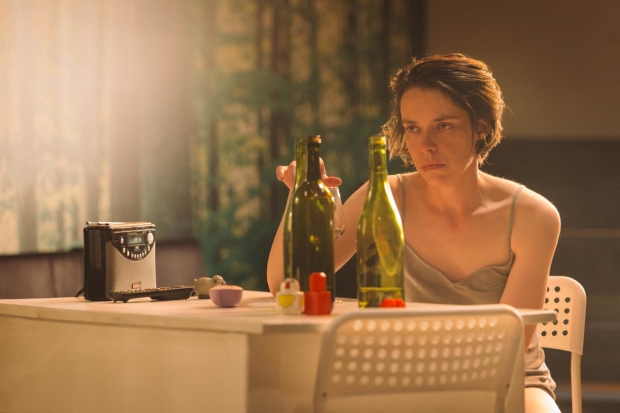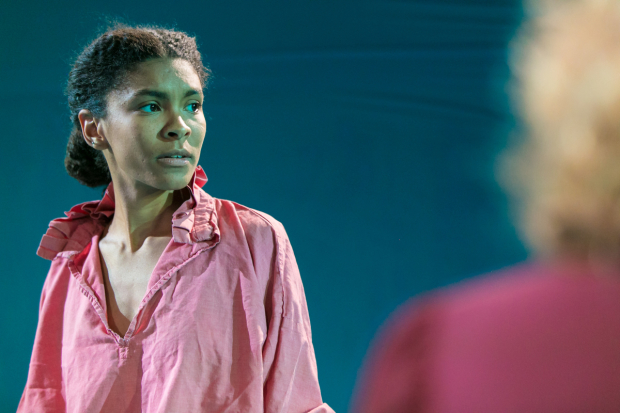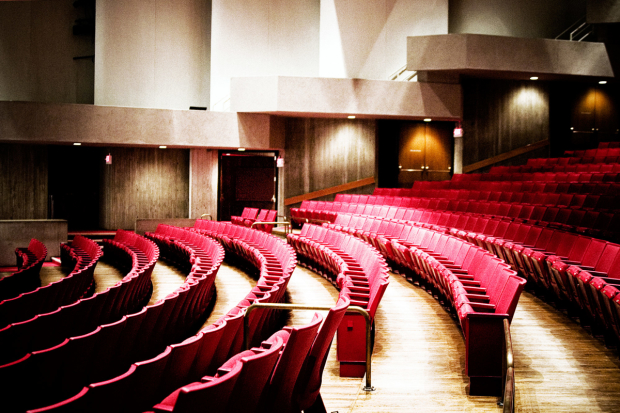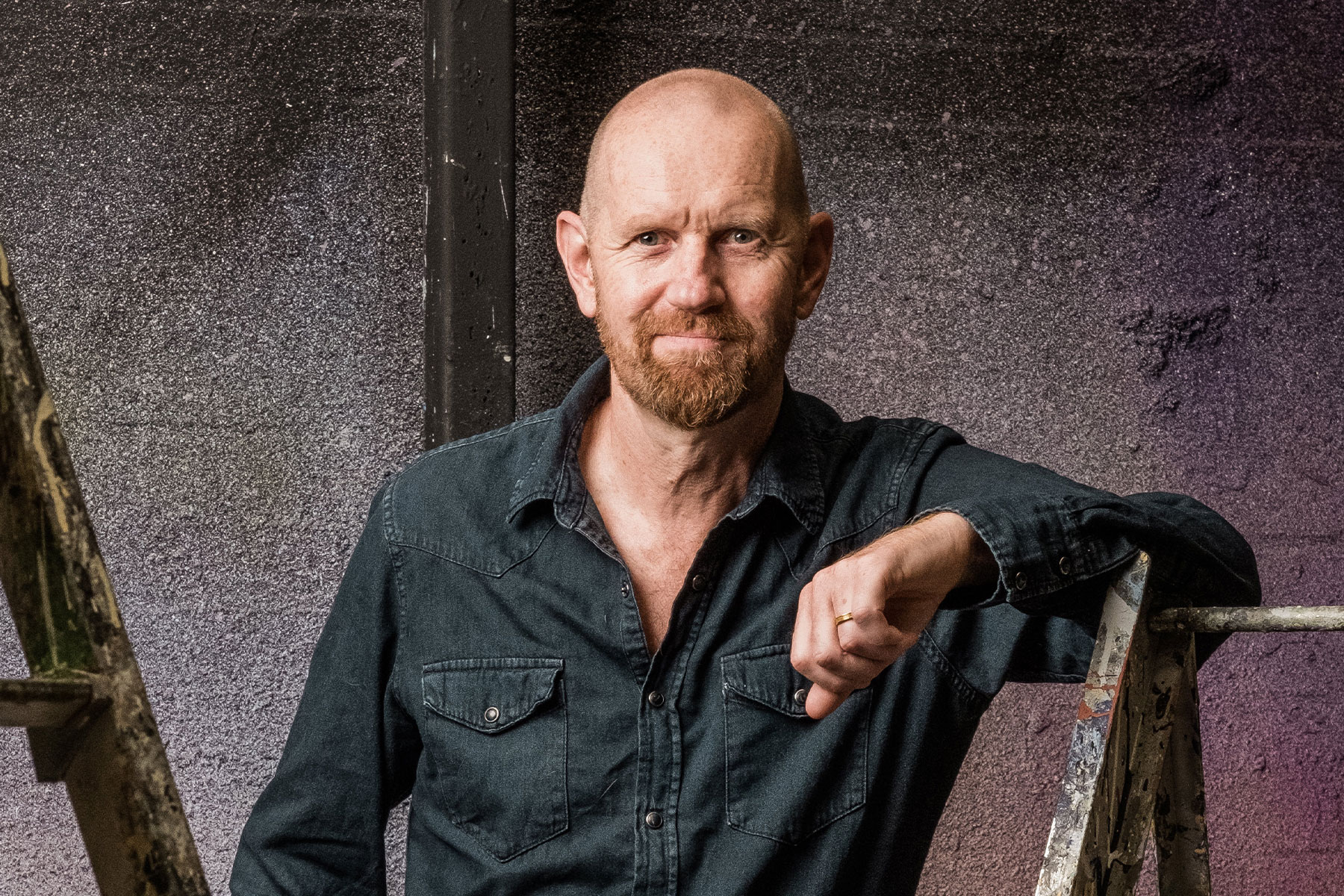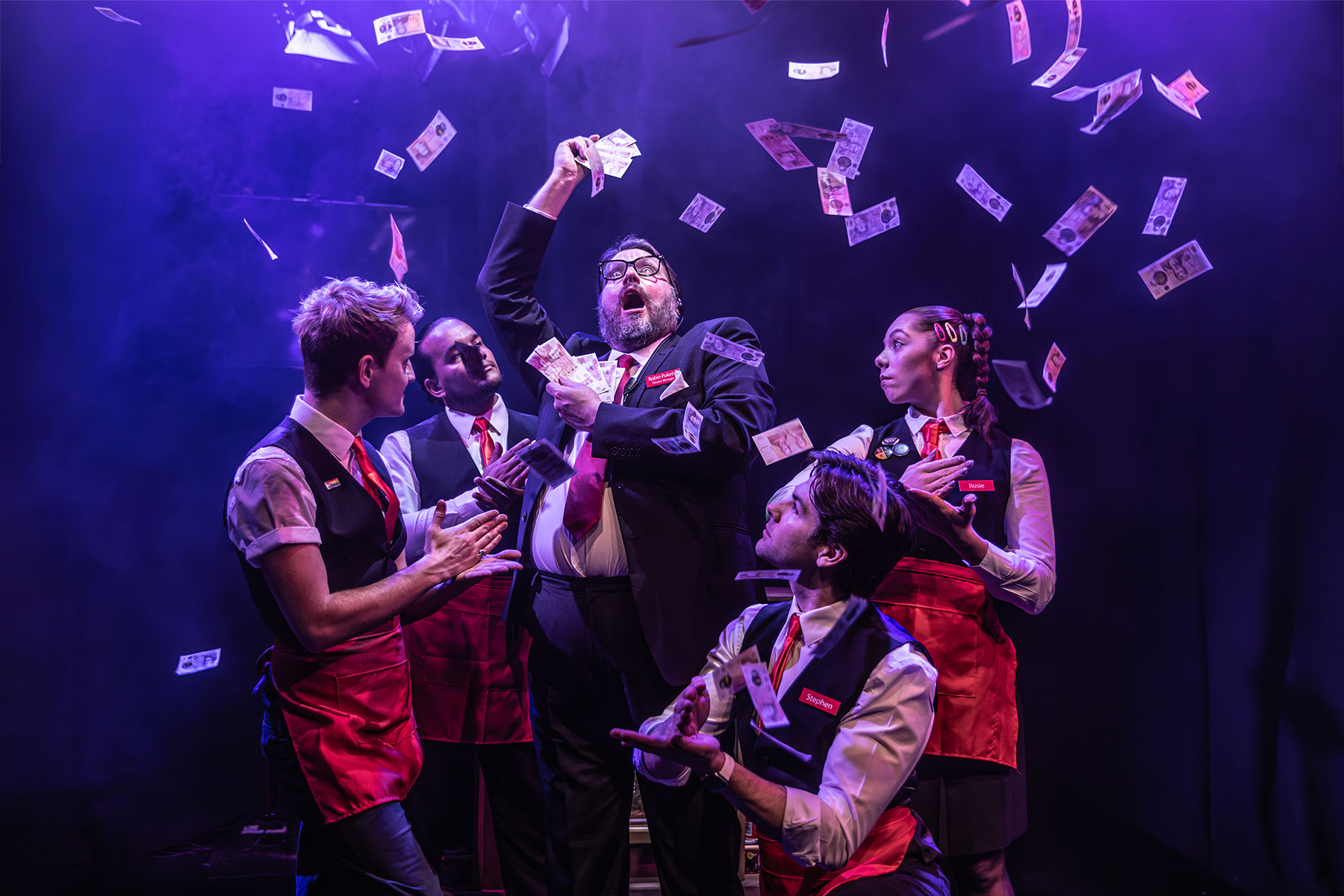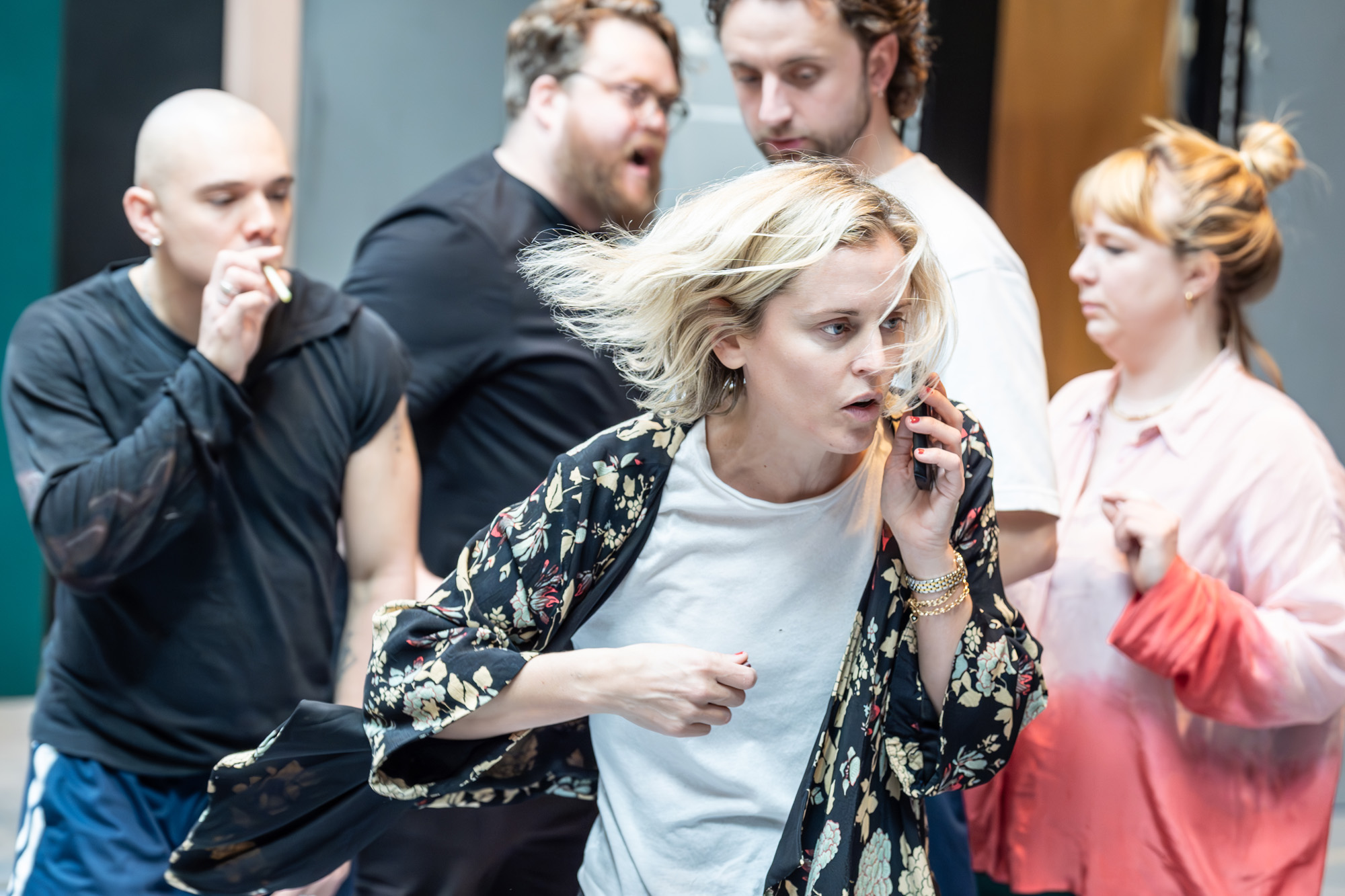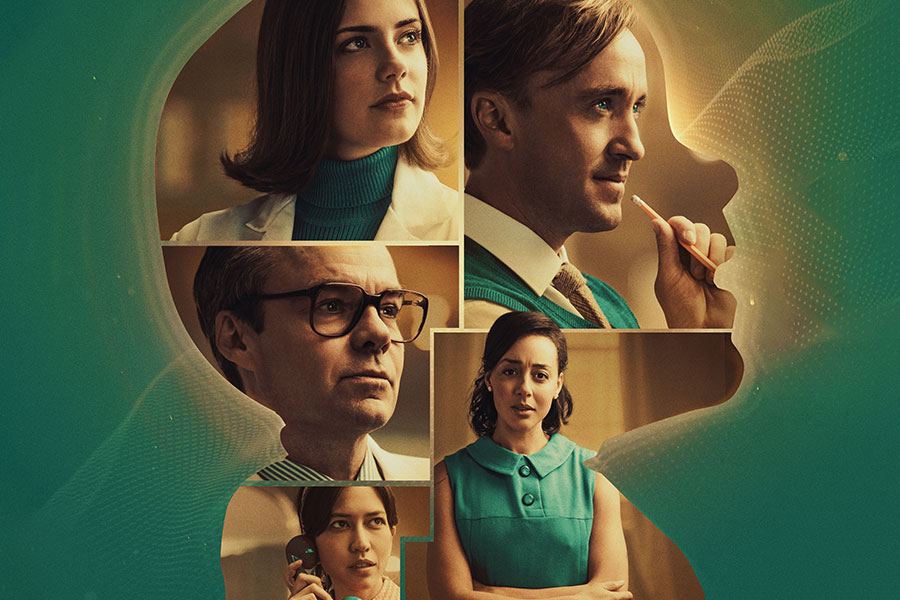Small theatres can radically shift the way we watch
There’s a moment in the middle of Suzy Storck – the second show of Ellen McDougall‘s inaugural Gate season – when the main character looks up and asks for our help. Not rhetorically, not figuratively, but actually – for real. She’s on her knees, staring out at a sea of toys with tears in her eyes, and she asks us, the audience, to help tidy them all up.
It’s a striking moment – a rupture in the fabric of the whole performance that changes the way we watch. In that instant, we’re activated, and not just as an audience, but as individuals. Each of us not only faces a moral dilemma – whether or not to get down on our knees to join in – we also get an individual experience of that act. In embodying that aspect of motherhood, we physically understand the ache of all fours, the boredom of tidying up, the degradation of scrabbling around on the floor.
Studio spaces aren’t just big theatres scaled down. They can do something fundamentally different.
Co-incidentally, McDougall’s opener contained a similar rupture. Halfway through The Unknown Island, her cast of storytelling actors began handing round bread, olives and wine – an impromptu picnic that, again, changed how we watched. It turned us from an audience, sitting back and looking on, to a communion, sharing food and drink for a while.
I bumped into the director at the weekend and asked whether the parallel was planned as such. The thing about the Gate, she explained in reply, is that, at heart, it’s just a room, and the thing about rooms is that they’re made for people, not for audiences. She and Jean-Pierre Baro hadn’t conspired to sync up, but the way they approached the space overlapped.
Last year, I wrote about the limitations of studio theatres – small spaces with small audiences can only do so much – but it’s worth stressing the possibilities as well. As Amber Massie-Blomfield of Camden People’s Theatre recently pointed out, studio spaces aren’t just big theatres scaled down. Used well, they can do something fundamentally different. Yes, they can take risks, admit complexities, stage emerging artists, but more than that, small theatres can radically shift the way we watch.
The bigger the audience the harder to single us out. Small theatres get that for free.
Before his shows, for example, Shôn Dale-Jones greets his audience on arrival. He’ll shake everyone’s hands or exchange a head-nod and a hello. As they leave, he’s at the door again to see them off and, where once he offered a badge, now he holds out a collection bucket. It’s an act of hospitality, yes, but as he told the critic Dan Rebellato in a recent podcast, it’s more than that. It’s a way of levelling the playing field between them, of collapsing the distance and the difference between audience and actor. In effect, it reminds us that we are, all of us, individuals. Being in an audience, part of a crowd, doesn’t change that.
Realistically, Dale-Jones couldn’t do that in a big theatre – not without massively holding up the show and not in the same way. When he plays the Royal Court, he has to find a new tactic to disrupt the standard audience-actor relationship that the architecture wants to impose: stepping off stage, perhaps, or pointing out the technician’s booth. The problem is that we still feel part of a crowd, not individuals in an audience. The bigger the audience the harder to single us out. Small theatres get that for free. They can think big on their own terms.



